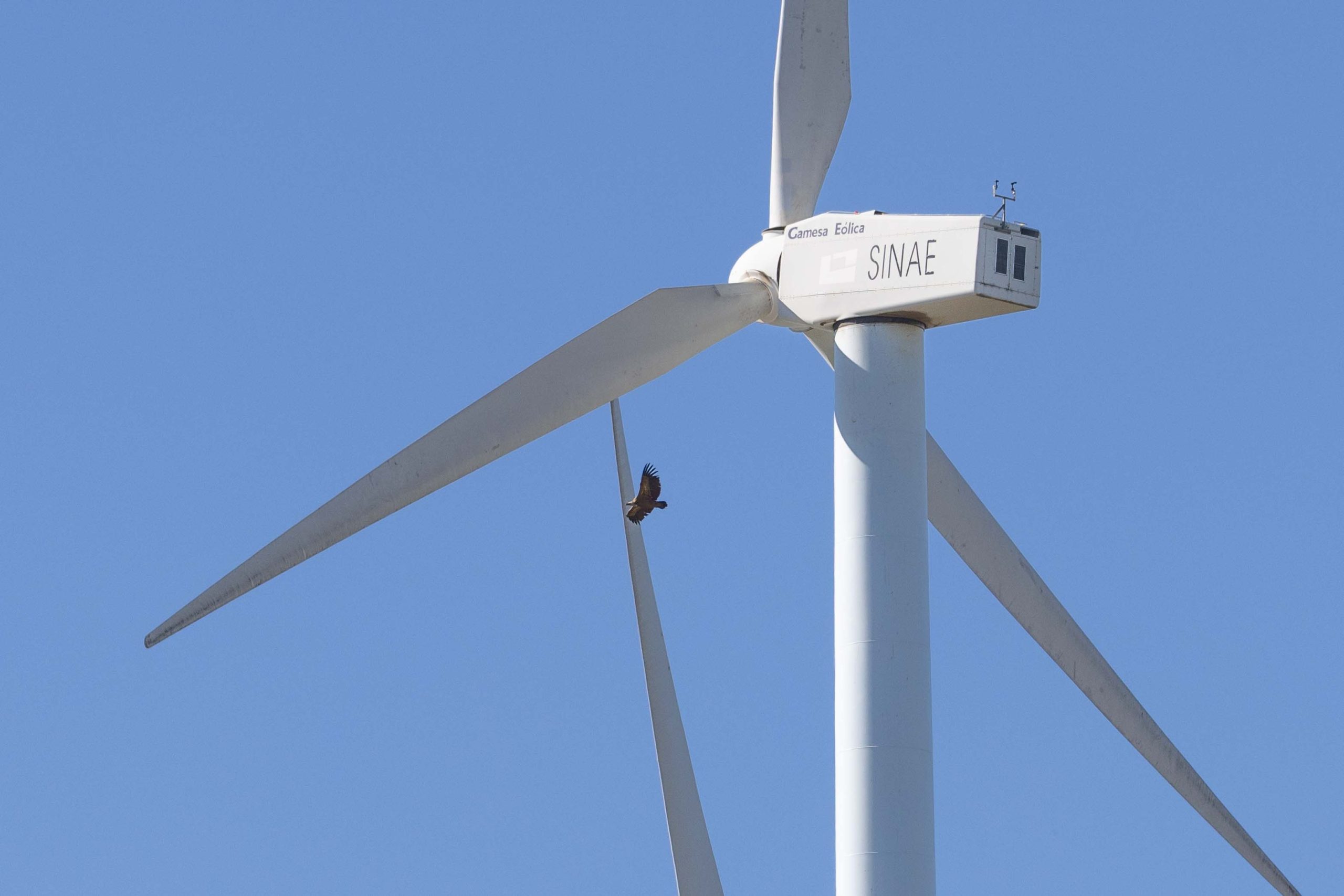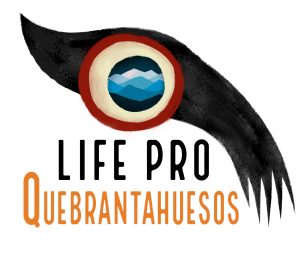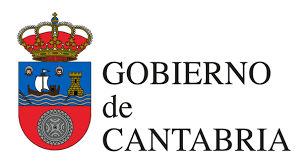At least 9,000 birds have died in Spain after impact with wind turbines in the last three years

Biodiversity declines more in areas with greater deployment of wind farms. Effective preventive measures exist but are not yet required by current regulations
At least 8,960 birds have died since 2020 in Spain after impacting wind turbine blades. This is revealed by official data from 12 regions, reports that the Foundation for the Conservation of the Bearded Vulture (FCQ) has managed to collect, contrast and analyze in recent months. This is 60% of the birds officially killed by collisions with wind turbines since 2001 (14,922), which shows that the acceleration in the deployment of wind farms is triggering the loss of biodiversity.
The reality is more serious than the data reflect if we take into account that there is no 24-hour watchman under each wind turbine and that many carcasses disappear within a few hours due to degradation or predation. The latter is known as the detectability rate and, according to various authors, usually varies between 1 in 5 and 1 in 8 specimens involved in accidents. In a study recently published by the Estación Biológica de Doñana (EBD) and the High Scientific Council (CSIC) have obtained a detectability rate for bats in the province of Cádiz of 17%. With the data obtained from the mortality and detectability rate, around 900,000 bats may be dying each year in Spain, which means that between 2 and 4 million wild animals (birds and bats) could be dying in Spain after being hit by the blades of wind turbines.
The FCQ has also noted that there is no single criterion, but rather great differences between the autonomous regions when it comes to obtaining, recording and providing official data. Only Aragón, Castilla La Mancha and Navarra offer transparent and exhaustive information on birdlife impacts of wind turbines in their territories. In addition, in regions such as La Rioja or Castilla y León, access to the corresponding data requires numerous and lengthy bureaucratic procedures.
Although not complete, the data collected show the serious threat that current wind power deployment in Spain poses to biodiversity. The declaration of the global climate crisis has resulted in our country in an energy transition that does not take into account in a preventive or effective way, the accidents of both the avifauna (with thousands of protected species dead), nor of the Spanish bats, all of them protected by both national and European regulations. There are effective preventive measures that should be mandatorily required by the administration from developers, all of which are within the reach of consortiums engaged in the wind energy business. However, at present, the regulations do not require these measures, but much more lax ones, which, as everyone knows, are not working effectively.
Faced with this situation, from the FCQ we have been forced to suspend our actions for the reintroduction of the Bearded Vulture in the Maestrazgo area of Teruel, which were part of the LIFE PRO BV project “Iberian Corridors for the Bearded Vulture” (LIFE20 NAT/ES/001363). The proposal for a wind cluster around the release area directly compromises the survival of the birds and many others.
Protecting and recovering biodiversity in Spain has meant a great effort on the part of the administrations, research centers and specialized NGOs. It does not seem acceptable to damage it deliberately, but it may require the implementation of effective and proven preventive measures that considerably reduce the death of animals. It is urgent to seek and find the balance that allows both the development of a truly sustainable energy model, and not only as a concept, and the conservation of ecosystems, biodiversity and all the socioeconomic development that these also provide in Spain.






